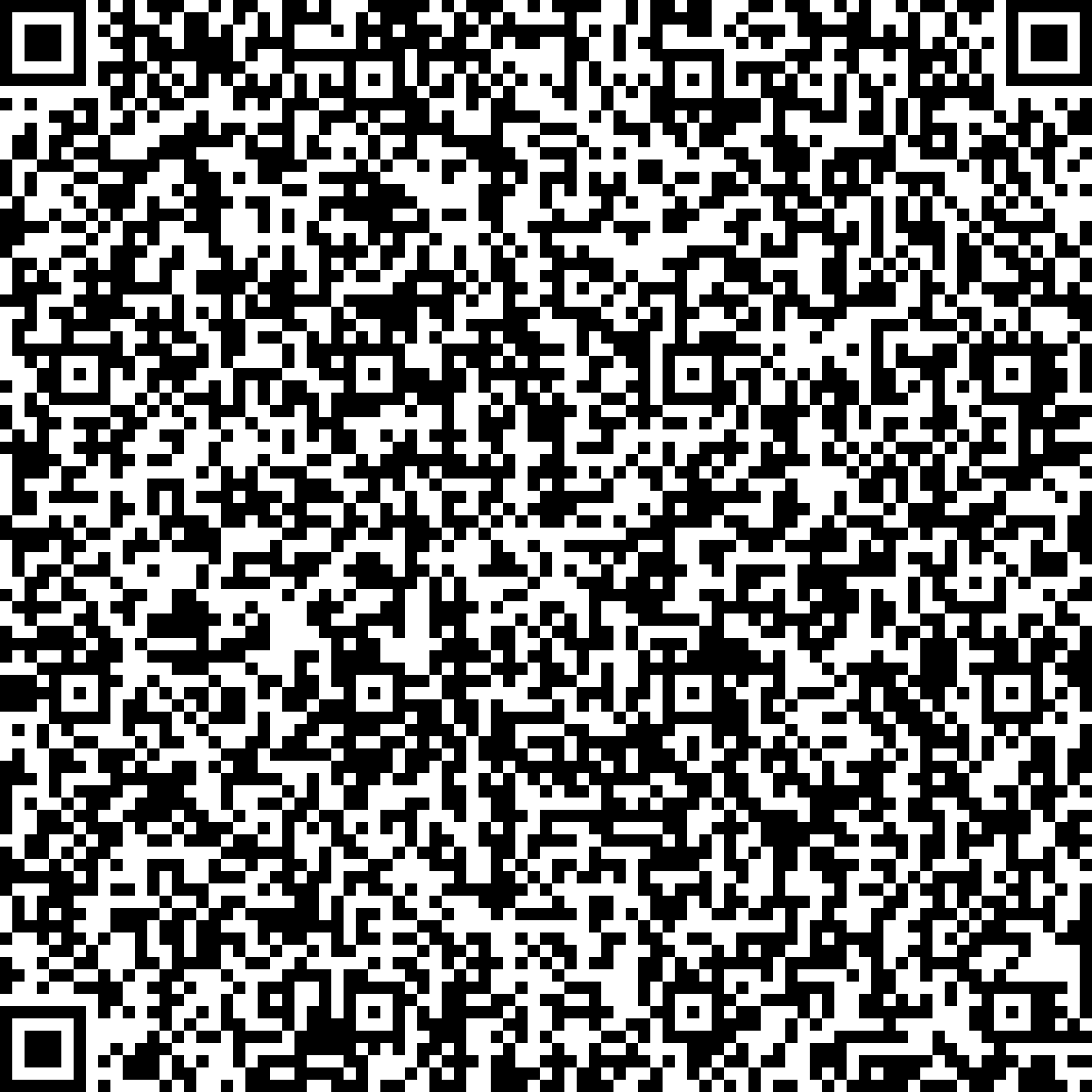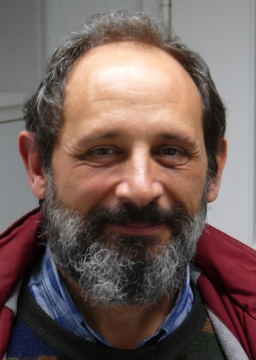


In a quantum system a local excitation spreads away. Time reversal would produce its refocusing i.e. Loschmidt Echo (LE). This requires the action of a mechanism called a Loschmidt daemon. An actual realization of one of such creatures, which we dubbed the "hasty daemon", is an instantaneous action with global effect: the change in the sign of the Hamiltonian. The chaotic nature of a many-body dynamics produces a fragility to perturbations that degrades the fidelity of the evolution and limits the LE formation [1]. An alternative, the "stubborn daemon", is inspired in the acoustic time reversal mirror developed by M. Fink in Paris [2]: a persistent local action of re-injection of wave function amplitude can produce a backward propagation. Empirical evidence shows that refocusing works in both open and closed systems, and is much more efficiently when the underlying dynamics is chaotic systems that when it is integrable. The theoretical analysis of the quantum version, based on Keldysh Green's function formalism, enabled us to prescribe the injection required for a perfect LE [3], and to devise a "quantum bazooka". Also the use of the Green's function enables a semiclassical approximation [4].. This enables to understand why chaos provides the redundancy needed for the relative stability of the time reversal mirror. The analysis remains valid for classical acoustics.
[1] Attenuation of polarization echoes in NMR: A test for the emergence of Dynamical Irreversibility in Many-Body Quantum Systems. P. R. Levstein, et al. J. Chem. Phys.108, 2718 (1998);
[2] M. Fink, Chaos and time-reversed acoustics, Physica Scripta T90 268 (2001) A. Tourin, et al. Phys. Rev. Lett. 87, 274301 (2001)
[3]-Towards a time reversal mirror for quantum systems, H.M. Pastawski, E. P. Danieli, H. L. Calvo and L. E. F. Foa Torres, Europhys. Lett. 77, 400001 (2007)
[4]-Semiclassical Theory of Time-Reversal Focusing, H.L. Calvo, R.A. Jalabert, H.M. Pastawski Phys. Rev. Lett. 101, 240403 (2008). arXiv:0807.5049



In a quantum system a local excitation spreads away. Time reversal would produce its refocusing i.e. Loschmidt Echo (LE). This requires the action of a mechanism called a Loschmidt daemon. An actual realization of one of such creatures, which we dubbed the "hasty daemon", is an instantaneous action with global effect: the change in the sign of the Hamiltonian. The chaotic nature of a many-body dynamics produces a fragility to perturbations that degrades the fidelity of the evolution and limits the LE formation [1]. An alternative, the "stubborn daemon", is inspired in the acoustic time reversal mirror developed by M. Fink in Paris [2]: a persistent local action of re-injection of wave function amplitude can produce a backward propagation. Empirical evidence shows that refocusing works in both open and closed systems, and is much more efficiently when the underlying dynamics is chaotic systems that when it is integrable. The theoretical analysis of the quantum version, based on Keldysh Green's function formalism, enabled us to prescribe the injection required for a perfect LE [3], and to devise a "quantum bazooka". Also the use of the Green's function enables a semiclassical approximation [4].. This enables to understand why chaos provides the redundancy needed for the relative stability of the time reversal mirror. The analysis remains valid for classical acoustics.
[1] Attenuation of polarization echoes in NMR: A test for the emergence of Dynamical Irreversibility in Many-Body Quantum Systems. P. R. Levstein, et al. J. Chem. Phys.108, 2718 (1998);
[2] M. Fink, Chaos and time-reversed acoustics, Physica Scripta T90 268 (2001) A. Tourin, et al. Phys. Rev. Lett. 87, 274301 (2001)
[3]-Towards a time reversal mirror for quantum systems, H.M. Pastawski, E. P. Danieli, H. L. Calvo and L. E. F. Foa Torres, Europhys. Lett. 77, 400001 (2007)
[4]-Semiclassical Theory of Time-Reversal Focusing, H.L. Calvo, R.A. Jalabert, H.M. Pastawski Phys. Rev. Lett. 101, 240403 (2008). arXiv:0807.5049